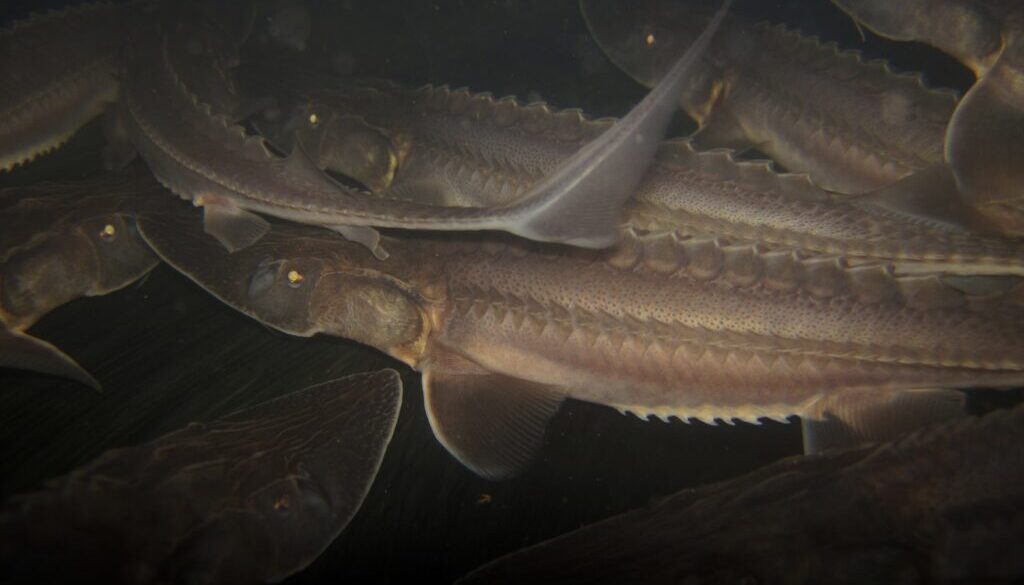EPA risking endangered species by allowing increased cadmium pollution, judge rules
The Environmental Protection Agency (EPA) is failing to protect endangered species such as sea turtles and sturgeon by allowing sharp increases in levels of toxic cadmium in US waters, a federal judge has ruled.
The court decision, handed down Aug. 18 in the US District Court for the District of Arizona, sided with the environmental group the Center for Biological Diversity, which argued in a 2022 lawsuit that the EPA violated the Endangered Species Act (ESA) when it failed to determine whether allowing a 188% increase in chronic freshwater exposure to the heavy metal would harm already endangered aquatic animals and organisms.
Acute cadmium exposure has been found to cause increased mortality in certain organisms, while chronic exposure has been shown to impact growth, reproduction, immune and endocrine systems, development, and behavior of wildlife.
Federal law requires the EPA to consult with expert wildlife agencies, such as the National Marine Fisheries Service and the Fish and Wildlife Services, when taking actions that can put endangered species at risk. The lawsuit alleged the agency failed to do the necessary consultations in the cadmium case.
“The EPA can no longer refuse to consult with wildlife agencies when it develops nationwide water-quality criteria. It has to follow the Endangered Species Act,” said Hannah Connor, environmental health deputy director and senior attorney for the Center for Biological Diversity. “That’s a game-changer for the health of the country’s rivers and streams and the freshwater plants and animals that depend on them.”
The EPA will likely appeal the decision, Connor said. But if the agency accepts the ruling, it will begin an additional rulemaking process to update its cadmium criteria while consulting with other agencies to make its criteria more protective of endangered species, she said.
An EPA spokesperson said only that the agency was reviewing the decision.
Cadmium occurs naturally in soil but mainly enters the environment through human activities that include burning fossil fuels and waste, mining, and manufacturing fertilizer, according to the EPA. The agency classifies cadmium as a probable carcinogen.
A recent study found that young children are exposed to the toxic heavy metal through many of the foods they eat, where the presence of the metal often exceeds levels set as safety standards.
The decision on the EPA’s criteria for cadmium may ultimately impact how the agency develops water quality criteria for many other chemicals that pollute US waterways, said Connor.
“The court’s ruling, even though specific in this instance to the cadmium criteria, was basically that EPA has an obligation to consult under the Endangered Species Act in establishing updated nationwide criteria,” she said.
Notably, the ruling could impact water quality criteria the EPA is currently developing for toxic PFAS, or per- and polyfluoroalkyl substances, which are widespread in US waterways. PFAS have been linked to kidney and testicular cancer, as well as immune system damage and a host of other health impacts.
The agency is currently working to finalize the draft aquatic life criteria for PFAS it proposed in 2022, which reflect the highest concentrations of these pollutants that won’t put most species at risk.
(Featured image: Pallid sturgeon. Photo by US Fish and Wildlife Service.)
 EWG
EWG


